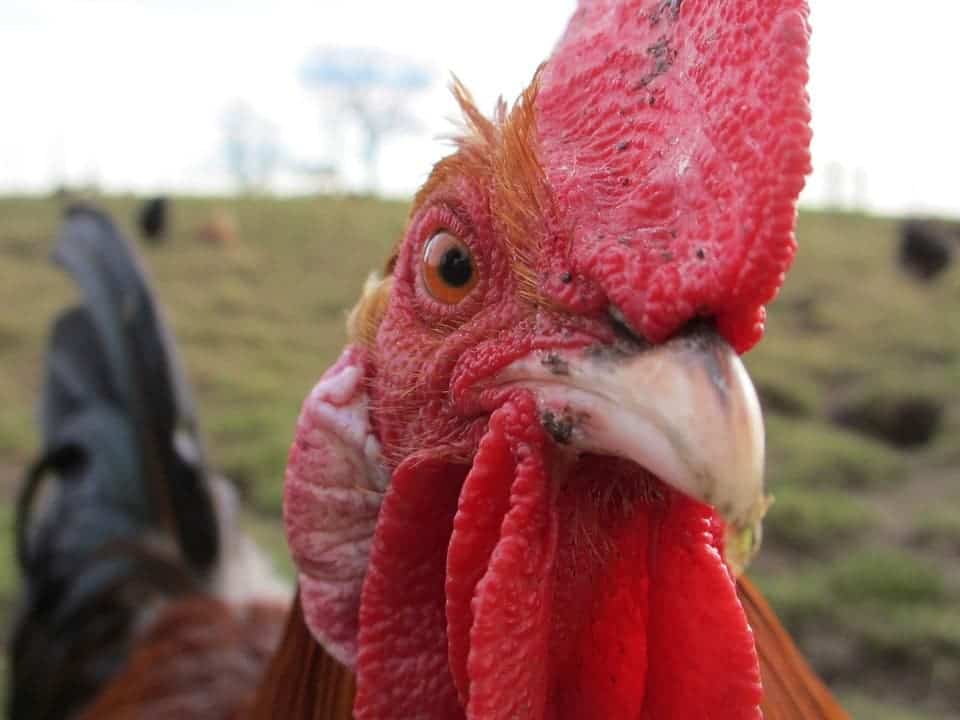Chickens, the world’s most numerous livestock, provide food and money for hundreds of millions of people. It’s believed this fruitful relationship, obviously for the patron — us humans — first appeared some 6,000 years ago when we domesticated the first red jungle fowls in Asia. It took a while, though, before chickens become very proficient and efficient egg laying animals. According to a new study, the genes that essentially made way for the modern chicken were selected less than 1,200 years ago. Interestingly, these ‘super’ domesticated chickens may have been bred as a result of Christian fasting traditions.

To learn when and how the modern chicken made friends with human breeders, an international team of researchers looked at data gathered by previous studies. This includes data on specific gene variants that look like they appeared as a result of selective evolutionary pressure. For instance, the chicken’s thyroid-stimulating hormone receptor (TSHR) has been previously identified to enable faster egg-laying and to reduce the aggressivity of the animal.
According to archaeological evidence, chicken bones started to dramatically increase in volume from the 9th century C.E. onwards. Knowing this, the researchers developed a new mathematical model that could pinpoint in time when the traits that make the chicken such an important livestock started to increase in frequency in Europe.
From about 920 CE, selection for the TSHR variant began to be widespread. Around this time, only 40% of the chicken were estimated to have this gene variant but by 1100 C.E., virtually 100% of all chickens had the TSHR. It’s no coincidence that this timeline overlaps with a huge jump in urbanization but also a period when Christian edicts enforced fasting and the exclusion of four-legged animals from the diet. Chickens were obviously exempted from this rule, as was their meat and eggs. Their small size and easy maintenance also made them ideal livestock in crowded urban or sub-urban environments.
“We cannot say which one of these was most important but most likely a combination of all these factors affected selective pressures on European chickens and consequently their evolution.” Says author Anders Eriksson.
“Several independent archaeological studies have documented substantial increases in the frequency of chicken remains between the 9th and 12th centuries AD, as well as a shift towards the management of adult hens, presumably to increase egg production.” said Mark Thomas, an author on the study. “Intriguingly, this is the period when selection on the TSHR variant most likely kicked off”.
The study is remarkable for a couple of reasons. Firstly, it shows just how much of an impact and how easy it is for humans to drive a trait. Really, two centuries is like the blink of an eye on an evolutionary timescale. Secondly, it shows how important human customs and traditions are in shaping the crops, plants, and animals that we breed. The findings published in the journal Molecular Biology and Evolution.also show “that simply because a domestic trait is ubiquitous, it may not have been a target for selection at the very beginning of the domestication process”, says Greger Larson, who led the research team.



